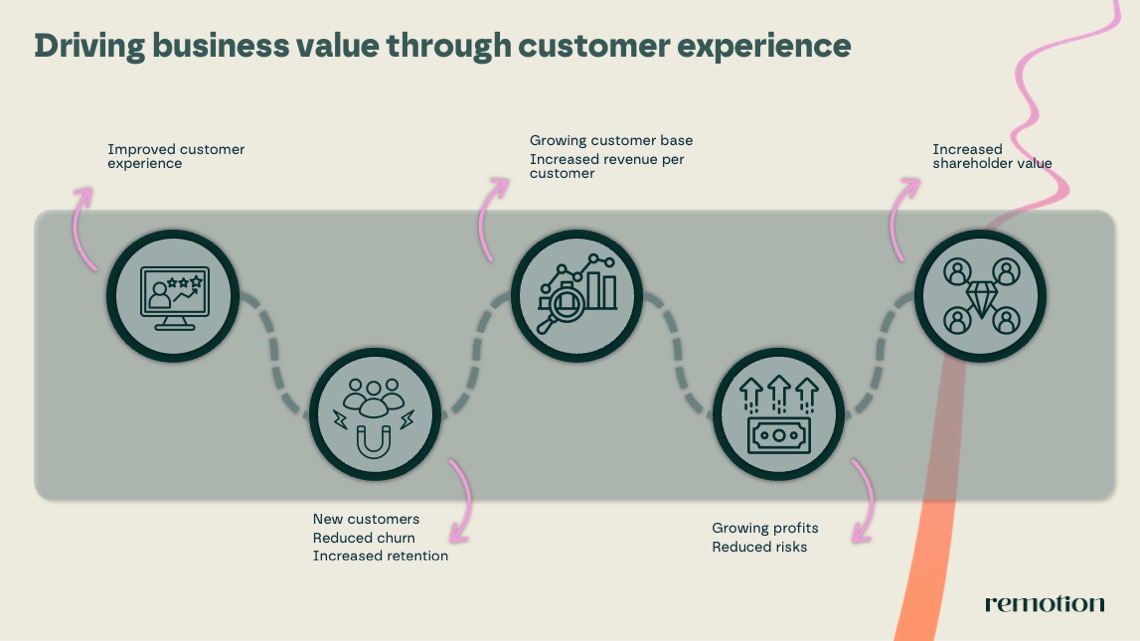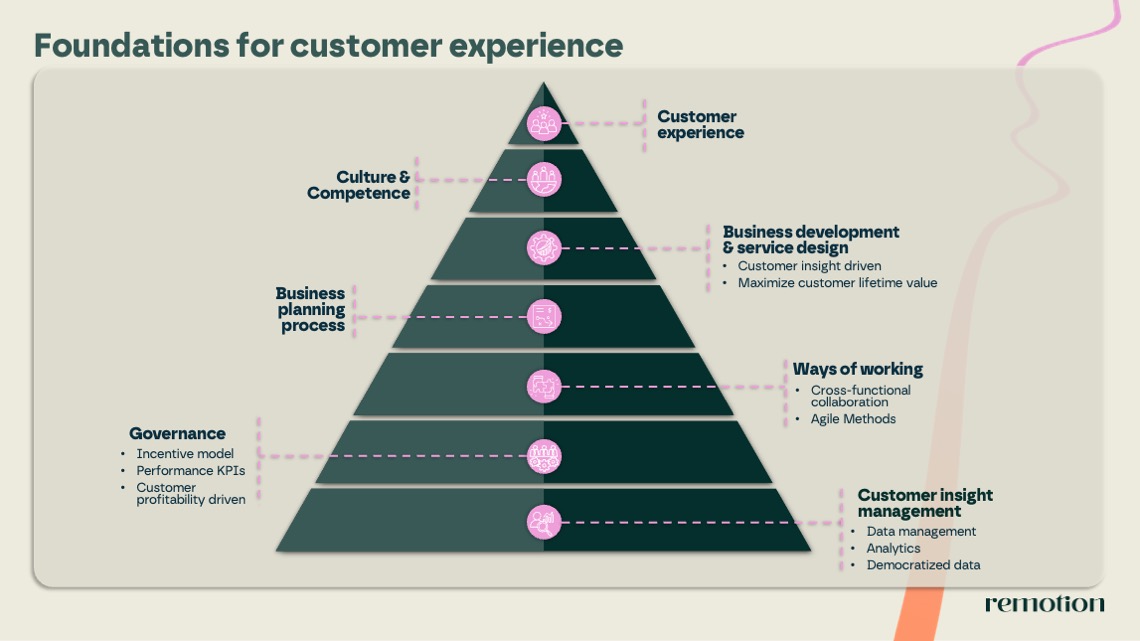The key assumption that customer experience advocates is that customer experience drives loyalty and that loyalty in the long run drives business value (Figure 1). This is essentially true. But customer experience is not the only driver for loyalty. Indeed, trust and emotional investment are equally as important as the latter.
On one hand, there’s trust. Trust is earned when a company is truthful and reliable and when it delivers on its promise. More than ever, an increasing number of products and services are bought via digital channels, those transactions being made without any human interaction. Trust will therefore reinforce the confidence one has in a company, making it an inevitable metric that drives loyalty.
On the other hand, there’s emotional investment. This is when customers are aligned with the company’s values and basic morals and intrinsically want to see it succeed. In real life, it is this is the feeling one has for their favorite sports team, supporting it at all costs, even when they hit rock bottom. Emotional investment is one of the key drivers for brand advocates, and hence loyalty.
Therefore, customer experience is not the single driver of loyalty. The emotional investment your customers have in your brand also plays a pivotal role. In the era of customer experience branding is still relevant.
Customer experience is the tip of the iceberg (Figure 2). To succeed, a foundation needs to be set that includes culture, business development, way of working, and business and planning. The foundation for all of this is a customer insight-driven approach that requires that several capabilities be established such as data management, and customer analytics. It also requires a democratization of data, making insight available for business users throughout the organization.




customer centricity and customer experience are increasingly important and could give companies a genuine competitive advantage if well-orchestrated. Transforming an organization from product-oriented to customer-centric is quite a challenging journey and requires careful planning.
Start with mapping out your current state in terms of business planning, governance, ways of working, etc. Then, identify which steps can be taken in each area given your current maturity level and what you think will have the best effect.
Ready to unlock your business’s full potential? Whether you’re looking to accelerate growth, enhance performance, or embrace greater business agility, we’re here to help! Let’s meet up to discuss how we can crack the growth code for your business.
Ready to unlock your business’s full potential? Whether you’re looking to accelerate growth, enhance performance, or embrace greater business agility, we’re here to help! Let’s meet up to discuss how we can crack the growth code for your business.
Whether you’re looking to accelerate growth, enhance performance, or embrace greater business agility, we’re here to help! Fill out the form below, and let’s start a conversation that could transform your business’s success.